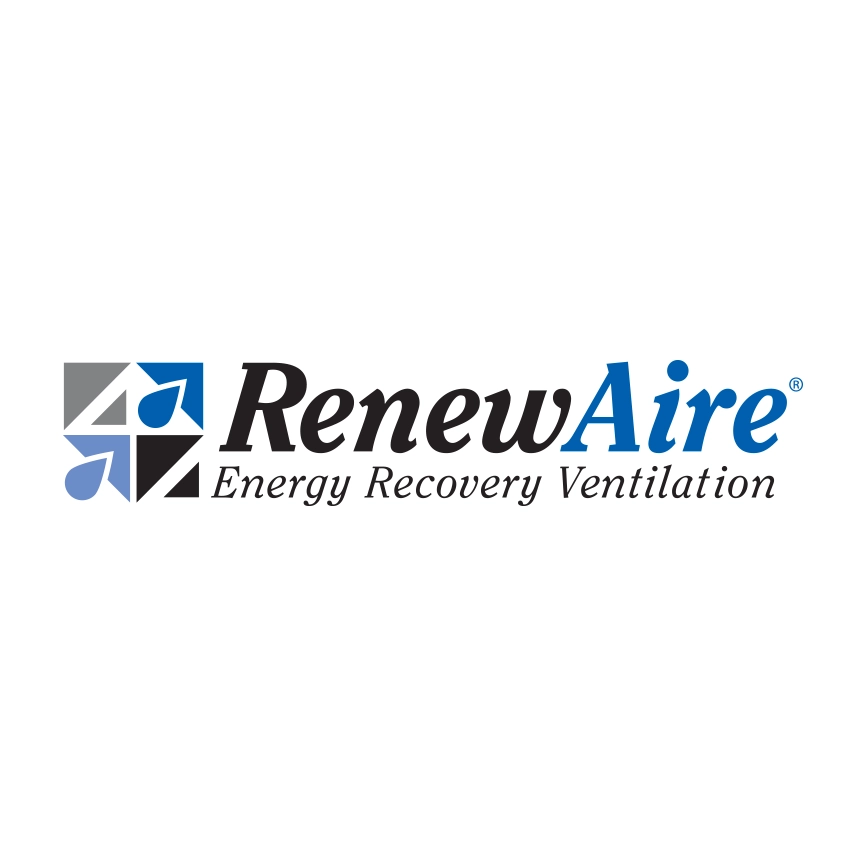Balanced Ventilation Basics for Homes
Nick Agopian, Vice President of Sales and Marketing at RenewAire, and Paul Raymer, Chief Investogator from Heyoka Indoor Solutions LLC, joined Host Tyler Kern for the second of three series episodes on improving indoor air quality.
Agopian explained why balanced ventilation with outdoor air is so important. When one cubic foot of air moves out of a building, one cubic foot moves back in. This new air can can take on internally generated contaminants from the building, but as the air moves back out, Mother Nature can help purify the contaminants. “Ventilation, in concert with Mother Nature, helps us to remediate some of the problems we have indoors,” Agopian said. Filtering can also be beneficial for reducing contaminants, but it can filter both good and bad pathogens. However, Agopian does believe filtration has its time and place. “Ventilation with filtration can be a good thing in order to achieve the highest level of good indoor air quality or great indoor air quality resolving the issue that we talked about earlier which is sick building syndrome,” he stated.
Agopian and Raymer explained how crucial balanced ventilation is for indoor air quality (IAQ). The solution to pollution is dilution achieved via increased and balanced ventilation. With enough controlled fresh and filtered outdoor air coming in to replace equal parts of stale indoor air via balanced design, the indoor air quality will be enhanced. “All the leaks and cracks in the house are neutralized, and that is one of the most important parts of balance ventilation, Raymer explained.” He added that you really need to know what you’re doing and make sure equipment works how it is designed to work, which is part of the reason Paul wrote the second version of the Residential Ventilation Guidebook as a reference.
How is balance ventilation achieved? “Each room has its own particular needs and requirements based on what you’re using it for and how you’re using it,” said Agopian. He added, “Demand-based control is paramount, without a doubt.” A balanced ventilation system exhausts contaminants from the whole house. Generally, exhaust-only ventilation units, like bath fans and or oven hoods, only expel contaminants from a localized single source. Additionally, balanced ventilation provides filtered supply air whereas exhaust-only units bring in uncontrolled outdoor air that has seeped through cracks and openings. Uncontrolled air is not filtered air. Controlled supply air is preferable as contaminants are filtered out. “Balance is not just the wholistic look of one system, but balance is each individual room accordingly,” Agopian stated.
Moving forward, it may be beneficial to examine ventilation from a load-based lens for each room. For example, the ACA Manual J looks at heat load from each room by classifying rooms into Category A (supply) rooms and Category B (exhaust) rooms, which could conceptually carry over to ventilation.
Clearly, increased ventilation is an essential asset to any house. But what about the monster under the bed, the cost? Stay tuned and join for Episode Three of the series to find out more.
Subscribe to the IAQ IQ: Indoor Air Quality and You podcast on Apple Podcasts and Spotify for the latest insights and news about the air quality in your home and office.



